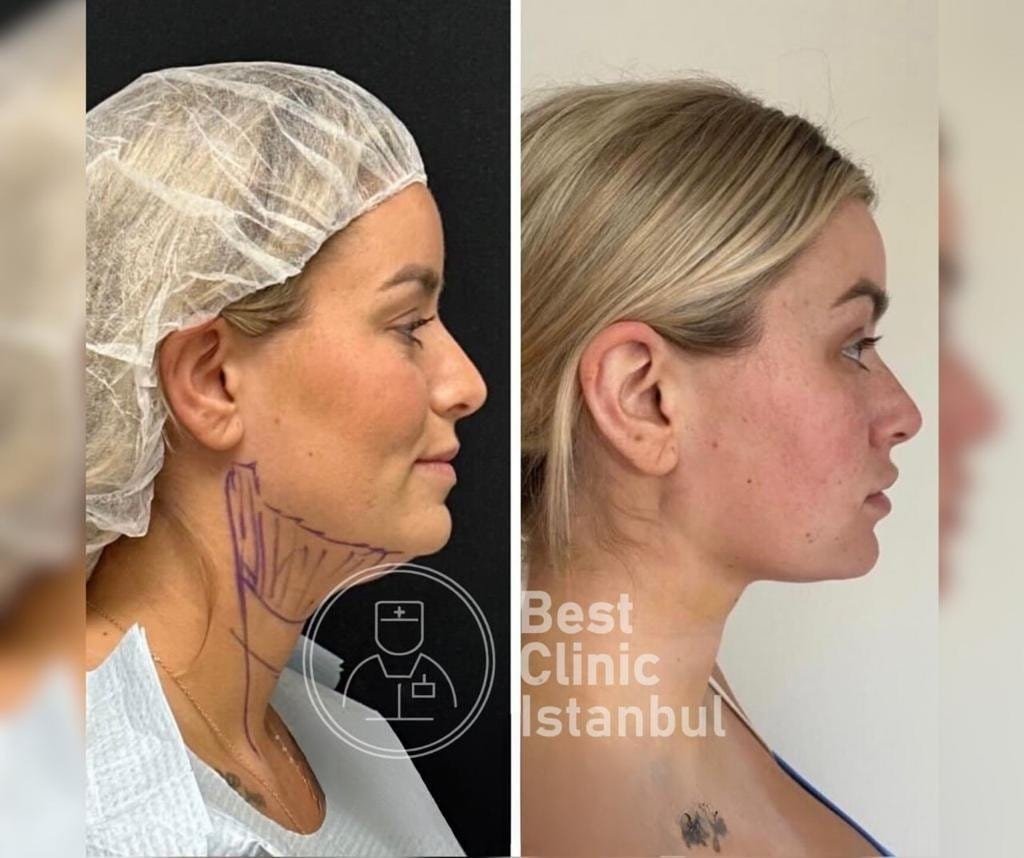
Face Lift
We use the best and latest Facelift techniques to guarantee you get the best results
Facelift Surgery: Benefits, Recovery, and What to Expect
Facelift surgery, also known as rhytidectomy, is a popular cosmetic procedure designed to reduce signs of aging, restore youthful contours, and improve overall facial appearance. As we age, our skin naturally loses elasticity, leading to sagging, wrinkles, and deep facial lines. Facelift surgery offers a solution by tightening facial tissues and repositioning muscles to create a smoother, firmer, and more youthful look. This comprehensive guide explores the process of facelift surgery, its benefits, the recovery journey, and key considerations for anyone contemplating this transformative procedure.
Benefits of Facelift Surgery
Facelift surgery offers several notable benefits for those looking to address aging concerns and enhance their facial appearance:
- Smoother Skin: By lifting and tightening loose skin, facelifts help reduce wrinkles and create a more youthful skin texture.
- Enhanced Facial Contours: A facelift can restore a more defined jawline and cheek structure, enhancing facial harmony.
- Long-Lasting Results: Compared to non-surgical options, facelift surgery offers long-lasting results, typically lasting 10 years or more.
- Boost in Confidence: The procedure can improve self-confidence by creating a rejuvenated, youthful appearance.
- Improved Neck and Chin Profile: By addressing sagging skin under the chin and along the neck, facelifts can achieve a smoother neck contour.
Types of Facelift Procedures
Several types of facelift surgeries cater to different goals and levels of correction. Choosing the right procedure depends on individual aging concerns, skin quality, and aesthetic preferences.
Traditional Facelift
A traditional facelift is the most comprehensive form of rhytidectomy, addressing significant skin laxity, deep folds, and jowls. This procedure typically involves incisions around the hairline and down in front of the ear, allowing the surgeon to lift and tighten both skin and underlying tissues. Traditional facelifts provide the most dramatic results and are ideal for individuals with advanced signs of aging.
Mini Facelift
A mini facelift, often called a “weekend facelift,” is a less invasive option focused on mild to moderate aging. This procedure involves smaller incisions and primarily targets sagging skin in the lower face and jawline. The recovery is shorter than a traditional facelift, making it suitable for younger patients or those seeking subtle enhancement.
Thread Lift
A thread lift is a minimally invasive facelift alternative that uses dissolvable sutures to lift and tighten specific areas of the face. Although results are not as long-lasting as a surgical facelift, thread lifts offer a temporary option with minimal downtime.
What to expect after Facelift
Your face likely will be bruised and swollen. The swelling may get worse before it gets better, but it will probably go away in 1 to 2 weeks. After a few days you may get some bruises on your neck and chest. This is caused by gravity, which pulls the excess blood and bruising downward.
How should I prepare for a facelift?
Preparing for a facelift is similar to preparing for surgery of any other kind. Before the surgery, your doctor will ask for blood work or a pre surgical evaluation.
They may ask you to stop taking certain medications or adjust the dosage before the procedure.
Your doctor might also ask you to:
- stop smoking
- discontinue use of aspirin, anti-inflammatory pain relievers, and any herbal supplements to reduce the risk of bleeding and bruising
- apply specific products to your face before the procedure
No matter if your procedure takes place at a surgical center or hospital, you’ll need someone to drive you to and from the surgery since you’ll likely be under general anesthesia. It’s a good idea to arrange for someone to stay with you for a night or two after the surgery as well.
Start the change and get the most out of your style with Facelift operation in Turkey
Make a free consultation with us.
Get Offer Now
















